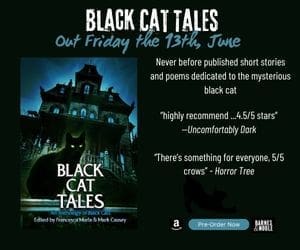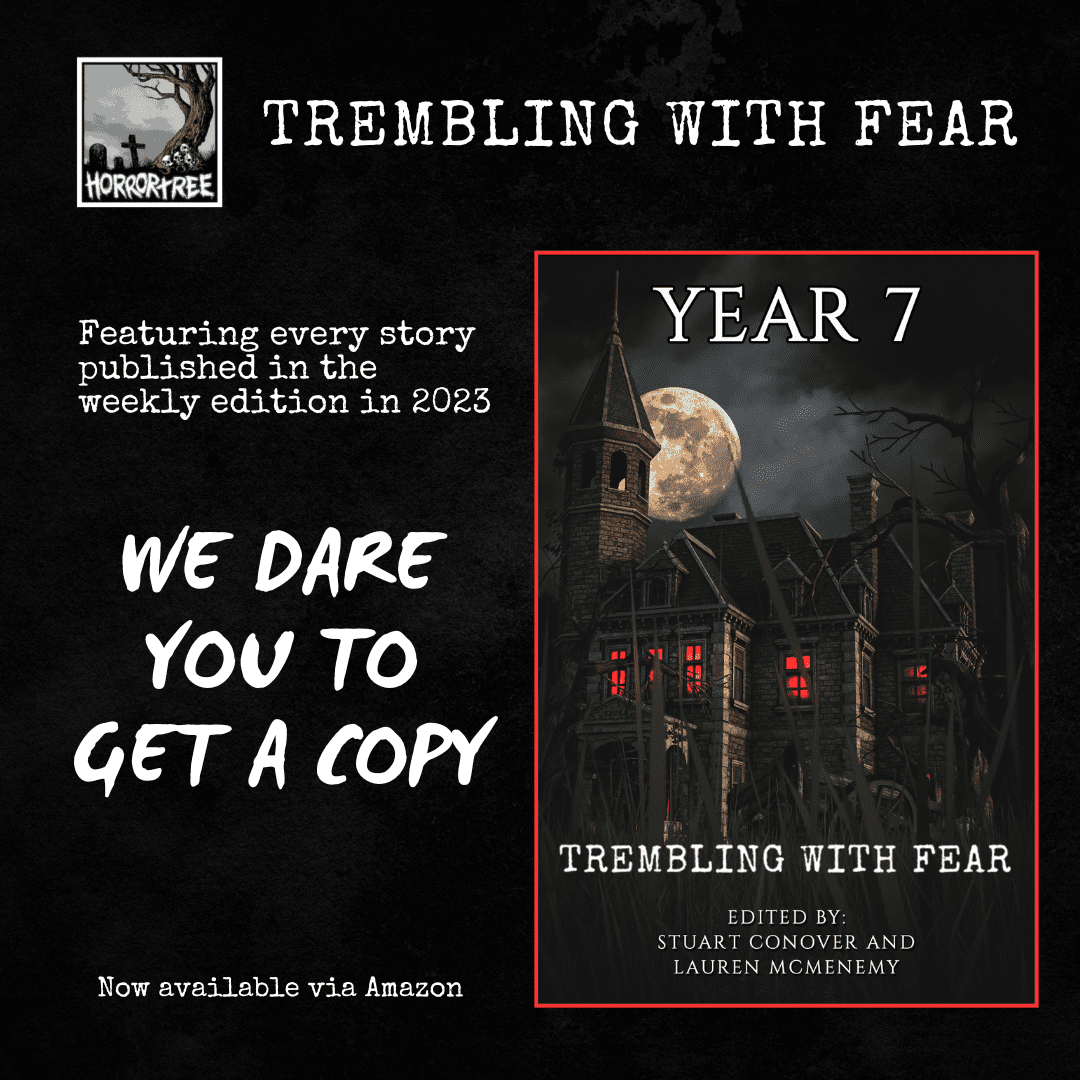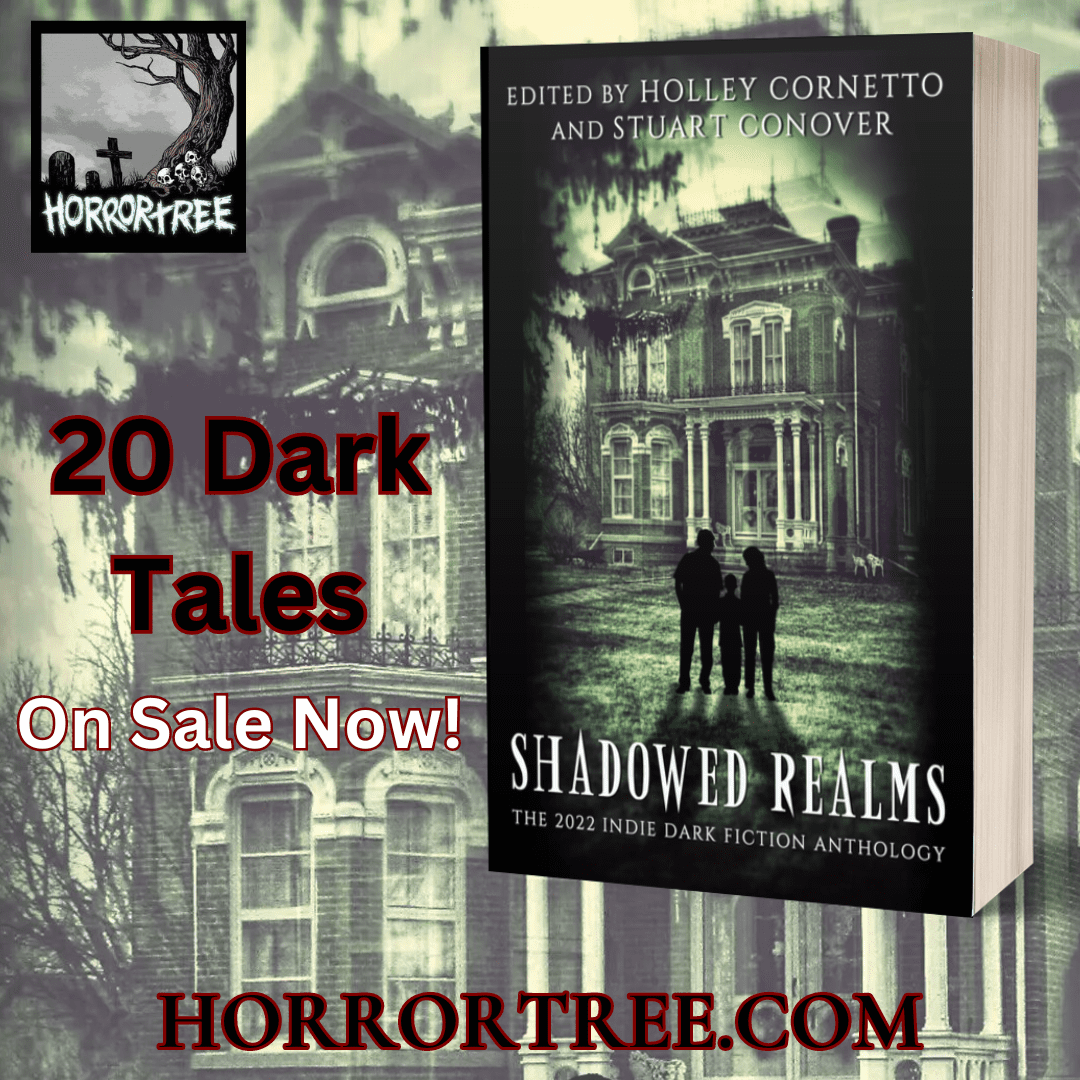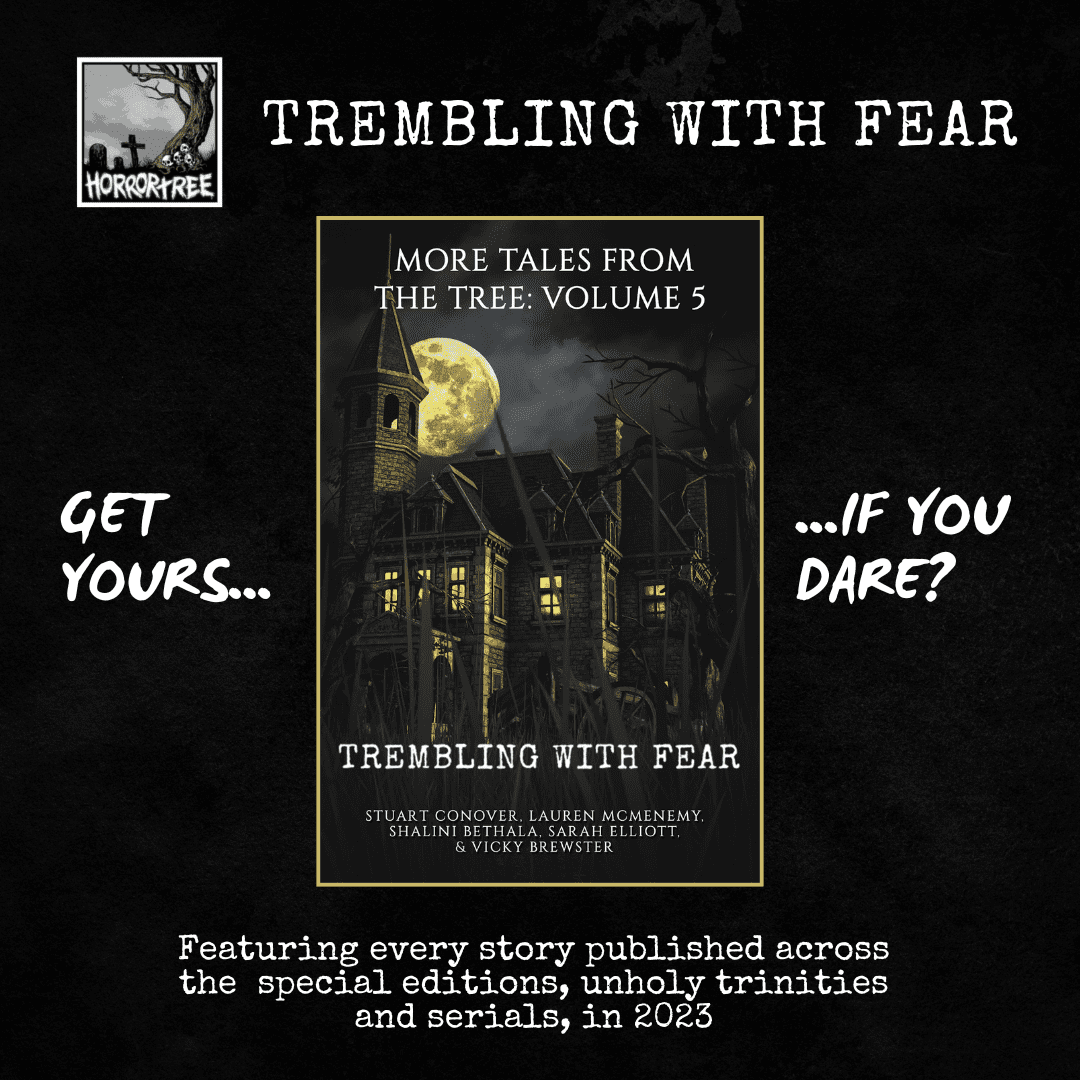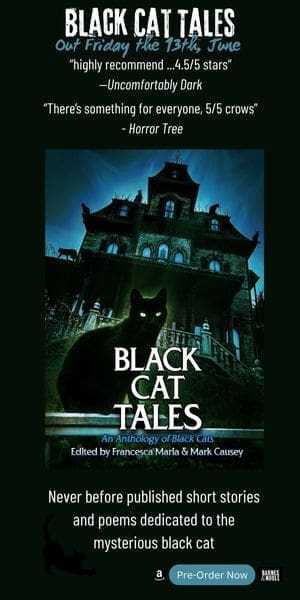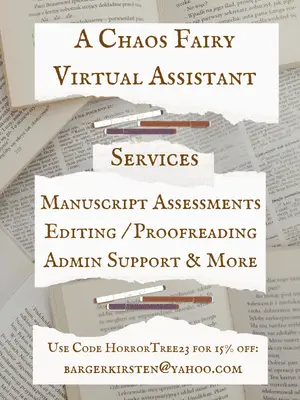Eye Health in Horror Stories

In horror, few images unsettle quite like those involving the eyes. Whether it’s the act of seeing something terrible or losing the ability to see at all, eye-related imagery has long been a staple in the genre. As museum specialist Aubrey Minshew noted in an American Academy of Ophthalmology article, “having something strange or violent happen to someone’s eyes is the quickest way to make an audience feel frightened or uneasy.”
Filmmakers and horror writers have long understood this instinctive reaction. Consider the notorious scene in Stanley Kubrick’s adaptation of the novel A Clockwork Orange, where the protagonist’s eyelids are forcibly held open with a lid specula while he undergoes aversion therapy. Or the 2008 horror film The Eye, where a young woman’s corneal transplant causes her to see terrifying visions inherited from her deceased donor’s psychic premonitions. In this article, we’ll explore why eye health is such a compelling theme in horror fiction—and look at some chilling examples where eye health (or the lack of it) takes center stage.

Photo by Amber Weir on Unsplash
Why eye health is an effective horror theme
Eye-related horror strikes a particularly raw nerve because our vision is one of our most valued senses. In a UK survey of 2,000 adults, 63% of respondents stated that, if they were diagnosed with a condition causing sight loss, they would be worried, scared (57%), anxious (56%), hopeless (31%), and isolated (30%). Yet, paradoxically, more than one in four of those surveyed do not have regular sight tests.
This gap between the value we place on sight and the inattention we give to its care presents fertile ground for horror writers. Eyes are the windows to the soul and a significant barometer to showcasing overall health. In fact, an advanced eye test can detect signs of diabetes, high blood pressure, multiple sclerosis, and even brain tumors. Thus, a character’s eye condition can be the starting point for both psychological horror and creeping dread about wider bodily decay.
Eye-related horror also lends itself to body horror. Again, take A Clockwork Orange, where the horror is not just in what Alex sees, but in the forced exposure—eyelids wrenched open, the body controlled, the mind invaded. Treatments and disorders that involve manipulating the eye, such as transplants, surgeries, and injections, can quickly spiral into deeply disturbing territory in horror fiction.
Notable horror stories with eye health themes
 A standout example of eye health in horror fiction is Bird Box, Josh Malerman’s apocalyptic novel famously adapted into a 2018 Netflix film. In this story, sight becomes a vulnerability. Invisible entities roam the world, driving anyone who sees them into madness and suicide. To survive, people must blindfold themselves or remain indoors with covered windows. The protagonist, Malorie, and her two children navigate this world blind, relying on sound and touch to survive.
A standout example of eye health in horror fiction is Bird Box, Josh Malerman’s apocalyptic novel famously adapted into a 2018 Netflix film. In this story, sight becomes a vulnerability. Invisible entities roam the world, driving anyone who sees them into madness and suicide. To survive, people must blindfold themselves or remain indoors with covered windows. The protagonist, Malorie, and her two children navigate this world blind, relying on sound and touch to survive.
Bird Box cleverly inverts the value placed on sight in society: blindness, usually viewed as a disadvantage, becomes a form of resistance. The narrative culminates at a sanctuary that turns out to be a former school for the blind—a powerful metaphor for community, adaptation, and survival outside of mainstream norms. A sequel film, Bird Box Barcelona, followed in 2023, exploring a similar storyline in a different setting. The continuation of the theme shows the versatility of eye health in horror—it can represent fear, strength, vulnerability, and even salvation.
Meanwhile, in other narratives, eye-related disabilities or abnormalities can reflect the alienation of marginalized groups. In the anthology Suffering the Other, for example, the US is reimagined as a fascist regime persecuting anyone who isn’t a healthy, wealthy, white, cisgendered heterosexual male, including people with disabilities. In this case, the use of eye conditions can be a tool to expose societal fears and prejudices.
For horror writers, the eye remains one of the genre’s most powerful motifs. Whether used for body horror, social commentary, or supernatural terror, vision and eye health are lenses through which some of the most unsettling stories come into focus.




